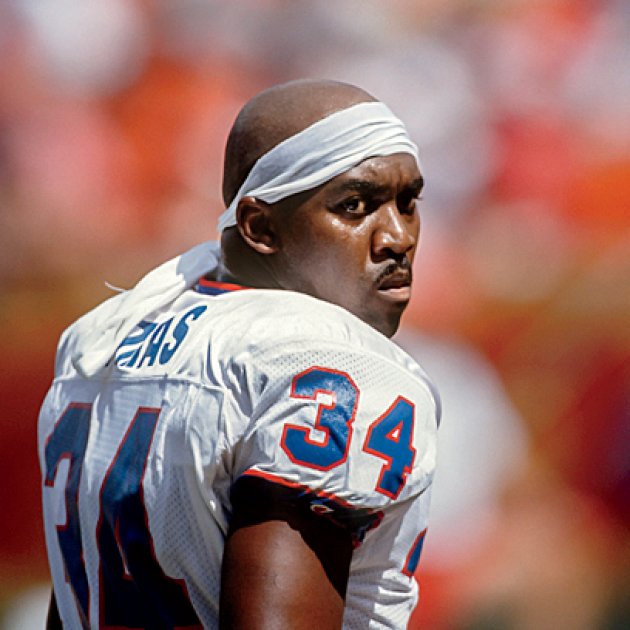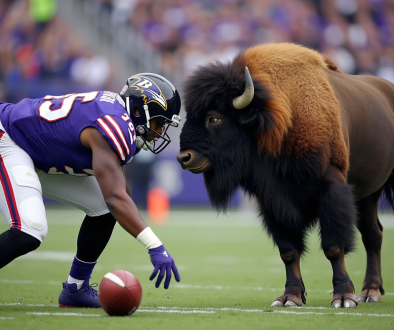The Savvy Business Move That Helped an NFL Star Become the Richest Running Back in the League | Inc.com
Rewriting the Game
Going into the 1993 NFL season, Buffalo Bills running back Thurman Thomas sought a raise from $1.6 million to more than $3 million yearly–an amount that, at that point, only elite quarterbacks such as Dan Marino and Joe Montana were making.

Thomas hired Leigh Steinberg, the agent widely cited as the inspiration for the movie character Jerry Maguire, to help him get there. Steinberg says, “The key is: Whose reality is going to prevail?” Steinberg and his team argued that Thomas’s value to the Bills exceeded that of a running back and was more like that of a quarterback.
To bolster their claim, they presented novel statistics: the percentage of the team’s total yardage that Thomas contributed by way of his running, pass-catching, and blocking, and what the team’s overall stats and win-loss record would likely be if Thomas were replaced with an average player.
They presented their data to Bills management throughout that summer. The front office ended up agreeing to a four-year, $13.5 million deal that made Thomas the richest running back in the NFL. It was a deal so good that Emmitt Smith famously sat out the first two weeks of the 1993 season until his Dallas Cowboys matched it. The contract meant Thomas made more than some of the league’s highest-profile QBs.
The Takeaway
Tell your own story
“Your goal is to redefine how you, your company, or your assets should be valued,” says bargaining educator Melissa Thomas-Hunt, senior associate dean at the University of Virginia’s Darden School of Business. That’s what Chameleon Coldbrew co-founder Chris Campbell did when he started selling cold-brew coffee to retailers in 2011. He referred to his company as the nation’s leading bottled cold-brew seller. “We might not have said that we were the biggest midget in a tiny room,” he says.
Make your opponent challenge your metrics
“Put the most strategic version of the data out there,” says Alison Fragale, associate professor of organizational behavior at the University of North Carolina’s Kenan-Flagler Business School. “Leave it up to the other side to argue that those aren’t the right figures to be using.” Rather than the traditional standard of units sold that beverage retailers use to track the success of a product, Campbell talked about his product in terms of its profit margins for the retailer. “Understand the other side’s metrics,” says Campbell, “and be prepared to get up on a whiteboard and walk them through why your data works better.”
Use descriptions carefully
“Thurman Thomas isn’t a running back, just like you’re not a widget maker,” says negotiation researcher and Harvard Business School teacher Kevin Mohan. “Thomas is an offensive weapon, and you’re a fast-growth customer service company.”
Don’t oversell
“Everybody expects some puffing in every negotiation,” professional mediator Paul Monicatti says. “What you have to avoid is anything outlandish or unreasonable.”



